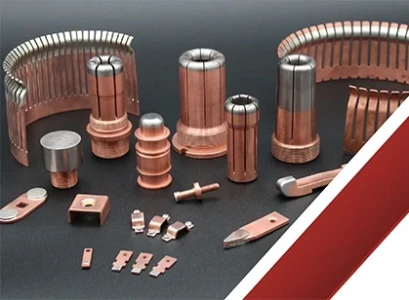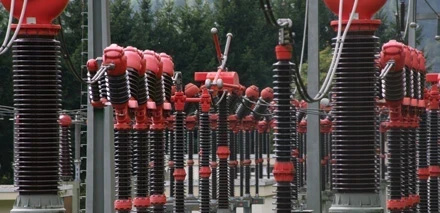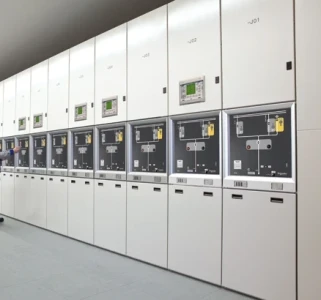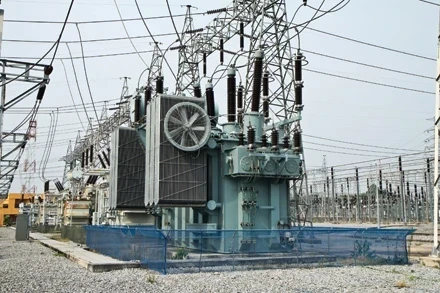Advanced Sensor Technologies for Intelligent Transformers and Substations

In the evolving landscape of power grid management, the integration of advanced sensor technologies in intelligent transformers and substations is revolutionizing monitoring and control. These sensors provide real-time data collection and analysis, significantly improving asset management and fault detection. This article delves into the types of advanced sensors used in transformers and substations, the benefits of real-time data collection and analysis, the integration of sensors with IoT platforms and data analytics tools, and examples of successful sensor deployments and their impact on grid reliability.
Types of Advanced Sensors Used in Transformers and Substations
Temperature Sensors:
Fiber Optic Sensors: These sensors are used to monitor the temperature of transformer windings and other critical components. They offer high accuracy and can operate in harsh environments, providing continuous real-time data.
Thermal Cameras: Deployed for surface temperature monitoring, thermal cameras detect hotspots and potential overheating issues, allowing for preventive maintenance.
Vibration Sensors:
Accelerometers: These sensors detect mechanical vibrations and oscillations in transformers and substation equipment. Analyzing vibration patterns helps identify mechanical issues such as misalignments, imbalances, or bearing failures.
Seismic Sensors: Installed to monitor seismic activity and its impact on substation infrastructure, these sensors help in assessing structural integrity and ensuring safety during earthquakes.
Gas Sensors:
Dissolved Gas Analysis (DGA) Sensors: These sensors detect and analyze gases dissolved in transformer oil, such as hydrogen, methane, and ethylene. The presence and concentration of these gases indicate the condition of the transformer and potential faults like overheating or electrical arcing.
SF6 Gas Monitors: Used in gas-insulated switchgear, these sensors monitor the levels of sulfur hexafluoride (SF6), a potent greenhouse gas, to detect leaks and ensure environmental safety.
Read full article at Intelligent Transformers & Substations Special Edition









